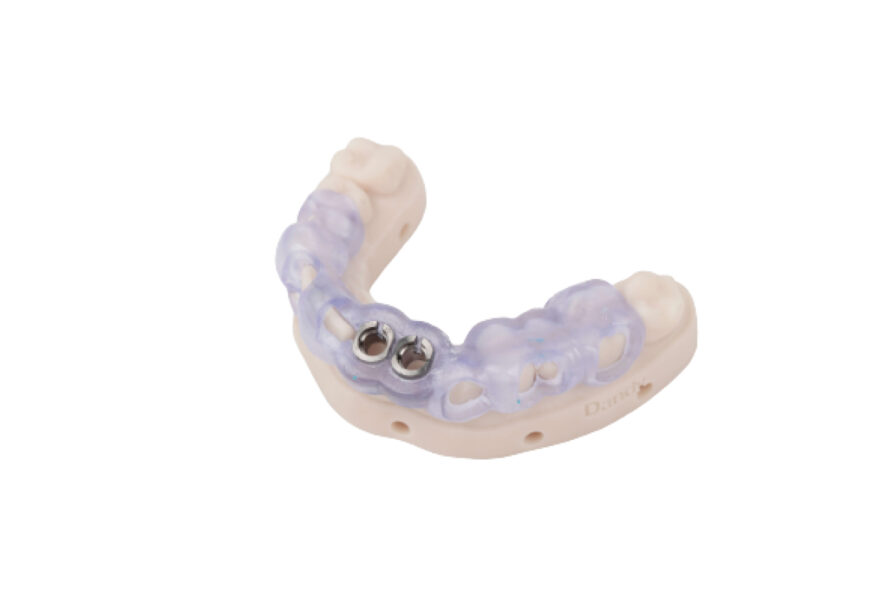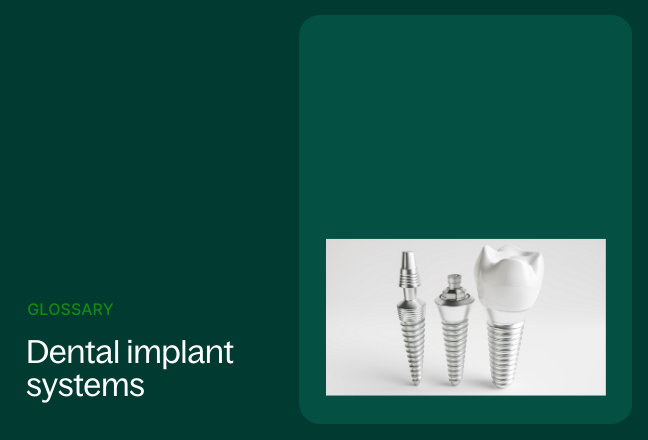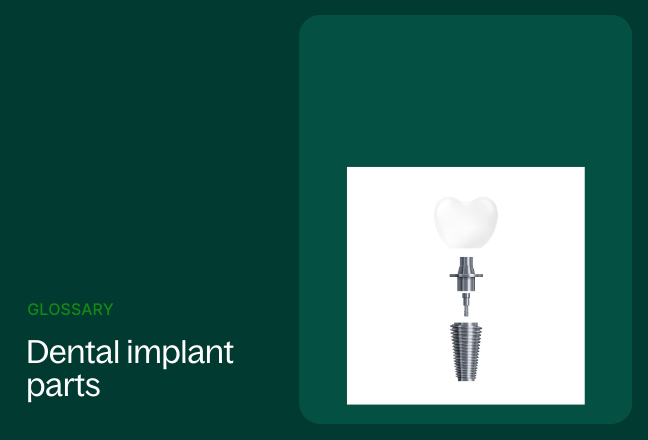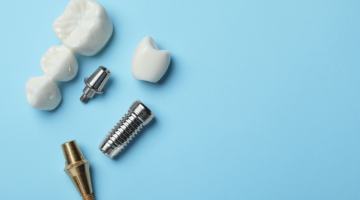Implants are one of the most important advances in dentistry. Today, implants are considered the best option for replacing missing teeth and are increasing in adoption thanks to improvements in dental implant tools.
If you’re a general dentist looking to grow your practice with implant services, digital technology can help make that a reality. Thanks to the latest implant tools, equipment, and new implant technology, you can design and print surgical guides in-house (or have our lab print and ship) the procedure is more accessible. New implant treatment planning software will help you achieve a precise, visually pleasing occlusion. This all leads to confidence in the operatory and outcome.
The basic dental implant surgical setup
Below are suggested dental implant tools, instruments, and equipment to set up an implant surgical room and to place your first dental implant:
- Anesthetic (Carbocaine, Lidocaine, Marcaine or Septocaine)
- Small garbage bag for soiled gauze
- Sodium chloride
- Sterile cups or basins for water, saline and sharps
- Sterile dappen dish/bone basin with bone syringe (if grafting is required)
- Sterile gauze
- Sterile Monoject syringe
- A sterile surgical cassette containing an anesthetic syringe, surgical blade holders, periosteal elevators, tissue forceps, incision reinforcement tool (Orban knife or Merrifield’s knife), needle holder, scissors, and hemostat.
- Sterile water
- Surgical blades
- Sutures and/or chromic gut (soaked in sterile water)
Quality patient care relies on the best technology, equipment, and tools for successful dental implant placement. See below for a selection of tools for dental implants to add to your armamentarium.
Implant surgical drill kit
A surgical kit is used with your chosen implant system, surgical guide, and treatment plan to achieve placement predictability and restoration in the mandible and maxilla. Surgical kits usually consist of plastic trays with surgical instruments held in silicone holders.
Will osteotomy depths vary according to drill kit brand/manufacturer? Yes, they may. Osteotomy depths are designed to be up to 1.5 mm longer than the corresponding implant insertion depth. Depths may vary by manufacturer and within a particular manufacturer’s drill kit. Dentists should keep in mind that a virtual implant placed in the planning software may be short of the full osteotomy depth. V-factors (drilling depth minus implant insertion depth) will vary depending on the manufacturer.
Surgical guide
An implant surgical guide helps the dentist better understand the case diagnosis and helps to ensure the most efficient use of available bone. Accurate and predictable placement reduces remakes, avoids issues, and improves clinical outcomes.
Surgical handpiece and motor
An implant handpiece is a hand-held, mechanical instrument that plays an important role during implant surgery. Handpieces ensure accuracy from the osteotomy to the placed post. Accompanying implant motors usually feature an adjustable handpiece ratio, speed, torque, and irrigation flow settings.
Bone expander and bone expander kits
A bone expander (osteotome) is for patients whose ridges are too narrow and require bone expansion. It’s used to spread an implant osteotomy – laterally and/or apically. Bone expanders are often used in the anterior maxillomandibular area to improve osseointegration.
Soft tissue punch
Soft tissue punches are used to remove soft tissue at the surgical site. During a flapless soft tissue punch technique, the tissue is punched out before osteotomy and implant placement.
Dental implants with Dandy
Dandy is a one-stop shop for implants. No matter how difficult the case, we’ve got you covered with options for authentic or generic systems, free reusable scan bodies, free soft-tissue models, and easy parts ordering. We’ll equip you and your practice with the best technology and support so you can confidently begin placing and restoring implants with a digital workflow. Learn more about digital implants with Dandy!



